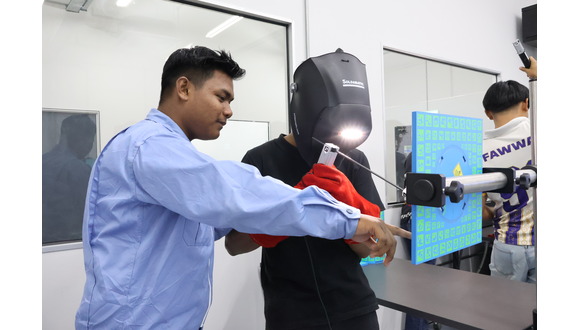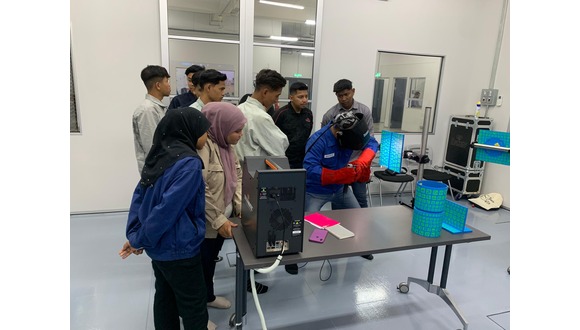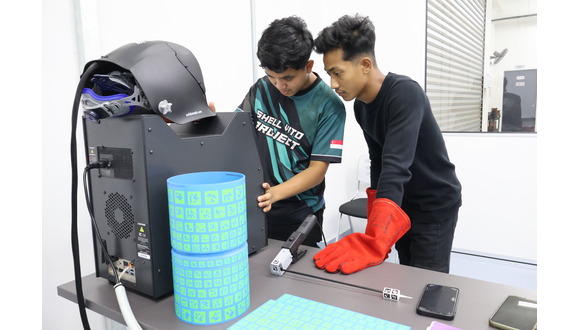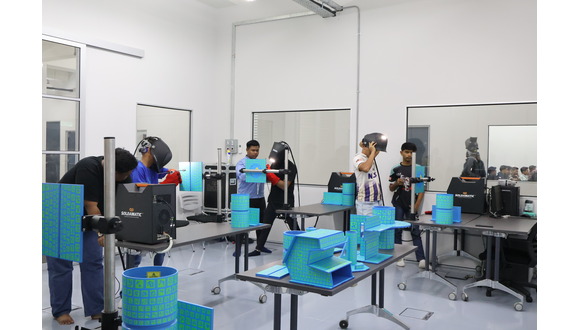Fri, 09 February, 2024
It is well-known that the number of qualified welders in developed nations has been shrinking for some years, due to both an ageing workforce and a relative lack of new welders entering the profession. Meanwhile, in developing nations, age demographics are not as much of an issue, but demand for welders still outstrips supply.
Creating clear pathways for new welders as well as making the profession more appealing to young people have been challenges within the industry for some time and, as every experienced welder knows, mastering the required skills can be a time-consuming and costly process that can also include physical risk for those training.

However, augmented reality technology can provide the answer to these challenges by allowing trainees to learn the required skills in a hyper-realistic digital setting.
Unlike virtual reality, augmented reality combines both the digital and the physical world, allowing trainees to get ‘hands-on’ experience while reducing costs by 68% and accidents by 84%.
The results can also be seen with the number of certified welders that can be delivered through this technology, with welding shop training time reduced by 56%.

Of course, trainees still need to get to grips with real-world welding, meaning that the best solution is a blended training option, which brings together augmented training with real-world physical training. The addition of technology speeds up the leaning process, reducing the time taken to train and allowing skilled welders to enter industry much faster than with purely traditional, physical training.
TWI is already offering augmented reality training in Malaysia, with systems due to be rolled out elsewhere, including in the Middle East and the United Kingdom.
Far from being a video game, the training systems are developed by welders to ensure they match real welding with real components. Being digital, they also offer some additional benefits, such as being able to monitor and record all training data in real time, allowing any errors to be identified and corrected right away. In addition, video replays and 3D views allow you to examine the final weld bead results.

Users can use the technology to learn, practice or refine existing skills, using the hyper-realistic graphics, precise calibration, and range of welding parameters.
Features allow users to train on techniques including TIG, GTAW and tungsten arc welding, while an analysis module incorporates a bend test that detects internal damage to the weld bead and warns of the risk of material breakage.

While augmented reality won’t replace the need for real-world physical welding practice, it can certainly speed up the learning process, as well as offer additional monitoring and training data benefits, ensuring that skilled welders can be delivered to industry sooner.
Augmented reality systems not only reduce the time (and costs) associated with welder training, but also reduce the environmental impact by minimising the amount of materials and energy used.
It is also hoped that the introduction of these augmented reality systems will appeal to the next generation of welders by delivering training in a more appealing environment, while utilising the latest technologies.
Contact us to find out more about Augmented Reality Training with TWI.
- TWI Business Development Group Manager, Abbas Mohimi